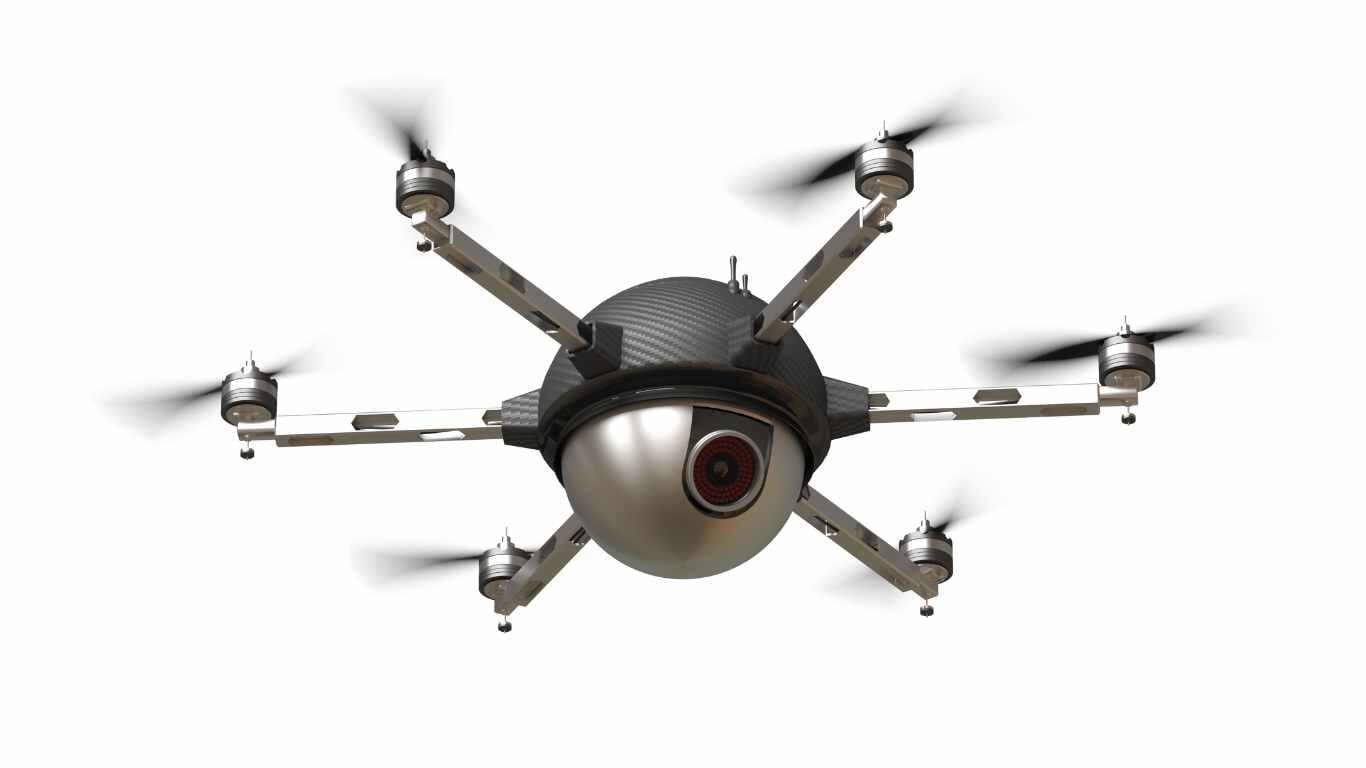Drones are becoming increasingly popular for use in a variety of contexts, including but not limited to aerial photography and videography, surveillance, and the delivery of packages. As drone technology advances rapidly, many enthusiasts seek ways to enhance their drone’s performance and capabilities.
If you’re one of them, you’ve come to the right place! In this article, we’ll explore the top ways to make your drone more powerful, enabling it to perform better and open up new possibilities for aerial adventures.
Make Your Drone More Powerful:
1. Choose a High-Capacity Battery
The battery is a critical component of any drone, as it directly affects flight time and power. Invest in a high-capacity battery that offers longer flight durations to make your drone more powerful.
Lithium Polymer (LiPo) batteries are popular among drone enthusiasts due to their high energy density and lightweight. Be sure to select a battery compatible with your drone model, as different drones have varying power requirements.
2. Opt for High-Performance Motors
Upgrading your drone’s motors can significantly boost its power and performance. High-performance brushless motors offer improved efficiency and durability compared to brushed motors.
They generate more thrust and consume less energy, allowing your drone to fly faster and carry heavier payloads. When choosing motors for your drone, some important considerations to keep in mind are size, KV rating, and compatibility with the frame.
3. Use Efficient Propellers
Choosing the right propellers is crucial for maximizing your drone’s power. Larger propellers with higher pitch values can increase thrust, making your drone more powerful. However, keep in mind that heavier propellers might reduce overall flight time. Opt for carbon-fiber or reinforced plastic propellers, as they provide a balance between durability and performance.
4. Upgrade the Flight Controller
The flight controller is the brain of your drone, responsible for stability and control. Upgrading to a more advanced flight controller can enhance your drone’s responsiveness and stability, especially during high-speed maneuvers. Look for controllers with advanced sensor systems and integrated GPS for precise positioning.
5. Improve Aerodynamics
Enhancing your drone’s aerodynamics can lead to better flight efficiency and power. Reduce unnecessary weight by using lightweight materials for the frame and body. Streamline the design to minimize drag and increase overall speed. Consider using aerodynamic covers or shrouds for exposed components like the camera gimbal.
6. Balance the Center of Gravity
Maintaining the correct center of gravity is essential for stable flight performance. Improper balance can lead to handling issues and increased power consumption. Check your drone’s user manual to find the recommended center of gravity, and adjust the placement of components if necessary.
7. Keep Your Drone Clean
Dust, dirt, and debris can accumulate on your drone’s motors, propellers, and sensors, hampering its performance. Regularly clean your drone after each flight to ensure optimal functioning. Use compressed air to remove debris from hard-to-reach areas and a soft, lint-free cloth for cleaning the body and camera lens.
8. Upgrade the Camera
If your drone is equipped with a camera, upgrading it can enhance the overall experience. A high-quality camera with advanced features like image stabilization and higher resolution can produce better aerial footage. Look for cameras that can capture images in the RAW format so that you have greater leeway when editing your photos later.
9. Invest in FPV Goggles
First-Person View (FPV) goggles allow you to see what your drone sees in real-time, providing an immersive flying experience. Upgrading to high-quality FPV goggles can improve the video transmission range and reduce latency, giving you better control and responsiveness during flight.
10. Use High-Speed Memory Cards
When recording video footage, ensure you use high-speed memory cards that can handle the data rate of your camera. Slow memory cards may cause dropped frames and lower video quality, affecting drone performance.
11. Enable Sport Mode
Many drones have a sport mode feature that unleashes maximum power and speed. However, this mode usually consumes more battery, so use it judiciously for high-speed flights and action-packed footage.
12. Perform Regular Firmware Updates
Manufacturers often release firmware updates that can improve your drone’s performance and fix bugs. Maintain awareness of the most recent firmware versions and update the system on a consistent basis to guarantee that it is operating at its full potential.
13. Fly in Suitable Weather Conditions
Extreme weather conditions can strain your drone’s components and reduce overall performance. Avoid flying in strong winds, rain, or snow, as they can affect stability and flight time.
14. Calibrate Your Drone
Calibrating your drone’s sensors, compass, and GPS is essential for accurate flight performance. Follow the manufacturer’s guidelines for calibration to ensure your drone operates at its best.
Conclusion
By implementing these top ways to make your drone more powerful, you can elevate your flying experience to new heights. From extending flight time to capturing stunning aerial footage, these upgrades and tips will unlock your drone’s full potential. Remember to choose compatible components, follow safety guidelines, and maintain your drone regularly for long-lasting performance.
FAQs:
Q: How can I increase my drone’s flight time?
A: Using a high-capacity battery and efficient propellers, you can increase your drone’s flight time.
Q: Can I power my drone with any battery?
A: No, you should use a battery that is compatible with your drone’s power requirements and voltage.
Q: What are brushless motors, and why are they better?
A: Brushless motors are more efficient and durable than brushed motors, providing better performance and longer lifespan.
Q: Are FPV goggles necessary for flying a drone?
A: FPV goggles are unnecessary but can greatly enhance your flying experience, especially for aerial photography and racing.
Q: Approximately how frequently must I adjust my drone?
A: It’s recommended to calibrate your drone’s sensors and compass before every flight session and after any major changes or crashes.
